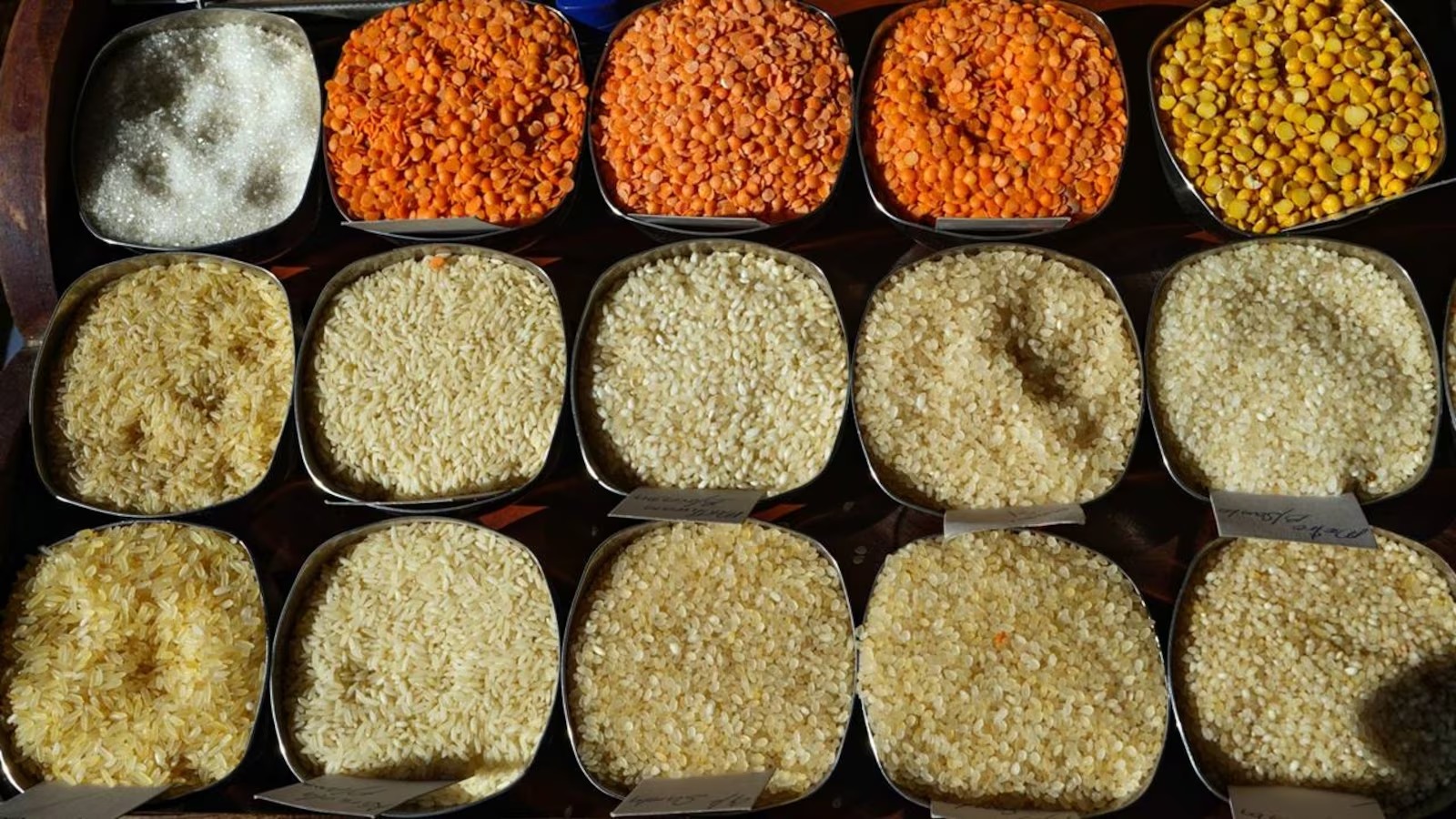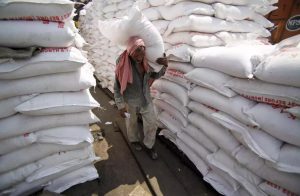Leveraging derivative markets to deliver the MSP to Indian farmers is a transformative approach that can potentially mitigate the challenges associated with price volatility and income stability in the agricultural sector.
The minimum support price (MSP) has long been a cornerstone of India’s agricultural policy, designed to provide price stability and income security to farmers nationwide. However, the effective implementation of the MSP has often been a challenge due to fluctuating market conditions, changing demand and supply dynamics, and logistical hurdles. In this article, we will explore how derivative markets in India can play a pivotal role in ensuring that farmers receive the MSP announced by the Commission on Agricultural Costs and Prices (CACP).
At its core, the MSP is a cost-based measure that remains fixed throughout the particular agricultural season. This stability is essential for farmers, providing them with a safety net and the confidence to plan their agricultural activities. On the other hand, derivative markets operate differently. They reflect future demand and supply conditions; as they change over time, so do the prices. Consequently, the prices discovered in the futures market when the MSP is announced may differ from the MSP, either lower or higher.
One way to bridge the gap between the MSP and the prices discovered in the derivative markets is to incorporate these markets into the MSP delivery mechanism. This approach can be particularly advantageous when the prices of futures contracts maturing at harvest remain higher than the MSP, as there will be no immediate need to hedge to ensure the delivery of MSP prices. However, it’s crucial to continuously monitor the direction of price movement in these markets. The real challenge arises when the prevailing prices of futures contracts indicate lower prices at the time of the MSP announcement. In such cases, it becomes imperative to enter the futures markets strategically and lock prices closer to the MSP. This strategy ensures farmers receive Minimum Support Prices.
A designated agency to deliver MSP to the farmers, such as the National Bank for Agriculture and Rural Development (NABARD), should rely on robust and independent research to execute this strategy effectively. Positions taken by the agency in the derivatives market should be monitored daily, allowing for timely decisions regarding market exits and re-entries based on new information. The difference between the entry and exit prices can be compensated for by establishing a fund allocated explicitly to deliver MSP to the farmers for use by NABARD. While this approach is well-suited for farmers near the exchange delivery centres, it poses challenges for those far away or whose crop varieties and qualities do not match the contract specifications. In such cases, a financial or delivery-based hedge should be decided based on the crop’s location and variety. The quantity of this hedge should also be determined at the beginning of the season and adjusted over time.

Implementing the usage of derivative markets to deliver MSP to farmers requires careful consideration of several factors.
1. Robust crop price forecasts:The ecosystem should be enriched with strong and independent crop price forecasts, particularly by large financial institutions such as banks and crop insurance firms.
2. Support from financial institutions:Financial institutions should play a pivotal role in supporting the government agency providing MSP, providing counter positions on the buy side of futures contracts, or selling put options to lock prices.
3. Domestic financial institutions and banks:DFIs and banks should be allowed to actively participate in agricultural derivative contracts, especially in liquidity support. The sale of futures or put options should occur in batches of small quantities, backed by robust research.
4. Dynamic position limits:Position limits should be periodically reviewed with advance announcements, making it an effective tool for price management.
5. Liquidity schemes:The exchanges for agricultural derivative markets should have a robust liquidity provisioning mechanism for financial institutions, including banks.
6. Clearing mechanism:Agencies participating in futures to ensure MSP delivery to farmers should participate through multiple intermediaries and clear through approved clearing members.
7. Information flow:A robust data collection process should enhance information flow into the market, including satellite-based crop status and production estimates at frequent intervals.
8. Surveillance and risk management:A robust surveillance mechanism incorporating information from their forecasting mechanism and risk management tools at the regulatory level to maintain better control over the price discovery process.
9. Incorporating external forecasts:Forecasts from domestic and international independent agencies should be included in the MSP fixation mechanism to ensure that MSP determination is not based on a pure cost-based approach but can align Indian markets with their international counterparts.
Quality Standards And Storage Data
Quality standards and storage data are crucial, yet must be addressed in strengthening participation and making price discovery robust and relevant for the entire ecosystem. First, quality standards should reflect the needs of the modern food processing industry, making them simple for farmers and the trading ecosystem to understand and adopt. Second, aggregated national-level storage data should be publicly available to reduce market volatility and strengthen the price discovery and forecasting processes.
Leveraging derivative markets to deliver the MSP to Indian farmers is a transformative approach that can potentially mitigate the challenges associated with price volatility and income stability in the agricultural sector. By aligning various stakeholders, establishing robust research practices, and ensuring transparent spot market mechanisms, India can harness the power of derivative markets to benefit its farmers and foster a more resilient agricultural economy. This innovative approach represents a win-win solution for farmers and policymakers, promising a brighter and more prosperous future for Indian agriculture.
Read more at-https://shorturl.at/nrER8





